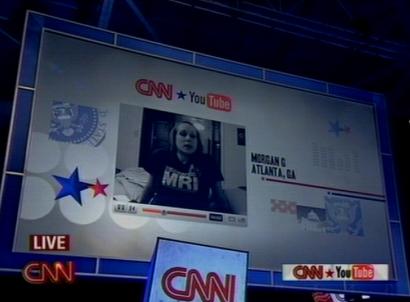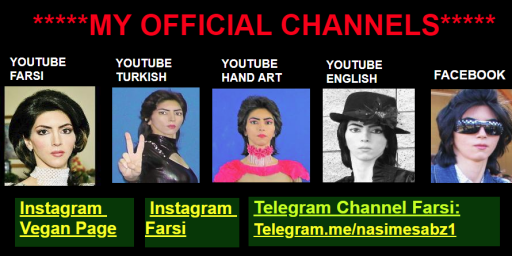YouTube Debates – How Different?
 Tomorrow night at 8 Eastern, CNN will air the Republican version of the much-touted YouTube debates, wherein video questions submitted by “regular people” are played and answered by candidates.
Tomorrow night at 8 Eastern, CNN will air the Republican version of the much-touted YouTube debates, wherein video questions submitted by “regular people” are played and answered by candidates.
USA Today‘s Mark Memmott and Jill Lawrence have a take very similar to the one I expressed last July after the Democratic debates: That, these YouTube debates are really not much different from any others because, while “ordinary Joes” may be submitting the questions, the same kinds of people are actually picking the ones that are posed on air and that only a relative handful of people are viewing videos on YouTube, anyway.
A phone interview with Steve Grove, Head of News & Politics at YouTube, though, revealed some interesting points. Most notably, the fact that the participation isn’t limited to simply recording videos and hoping CNN producers picked them.
Through YouTube’s extensive debates site, people continue to view and comment on the debates long after the show airs. More people have viewed the videos on the site (over 3 million) than watched the debates on CNN and they continue to discuss them with one another. In a few cases, candidates have joined that discussion, answering questions — often in video format — that weren’t chosen for inclusion on the CNN program.
I pointed out that blogs and other social media have long allowed citizen discussion of issues, including exchanging comments. While Grove acknowledges this, he argues that video is different. He notes, for example, that a woman asking about cancer treatment from a hospital bed or a man asking about our policy toward oppressive regimes from Burma simply has a different context than the same question posed by a reporter or in text form by a blogger. In those cases, the medium is very much the message.
Further, while acknowledging that CNN ultimately chooses which videos are on the live debates, Groves notes that they take into account the user-generated ratings. They have an interest in choosing provocative questions that are generating online buzz via the YouTube star-rating system.
I’m less persuaded by Groves’ other argument that the YouTube format breaks down barriers, allowing potential voters from outside the early primary states or the swing states to get a shot at the candidates. Given that only 38 questions got asked in the Democratic debate, presumably not all from people in states ignored by the candidates, the impact on that front has to be negligible.
Ultimately, there are so many debates out there that even political junkies like myself are tuning them out. Still, while there’s a gimmicky aspect to the YouTube variant of the classic town hall format, it’s an interesting variant with some interesting potential. While I continue to doubt that asking candidates questions in video format will have much impact on the race itself, anything that gives citizens — especially 18-to-25-year-olds who usually don’t bother to participate — a reason to get excited about the process is probably a good thing.
Image source: CNN via Associated Press





